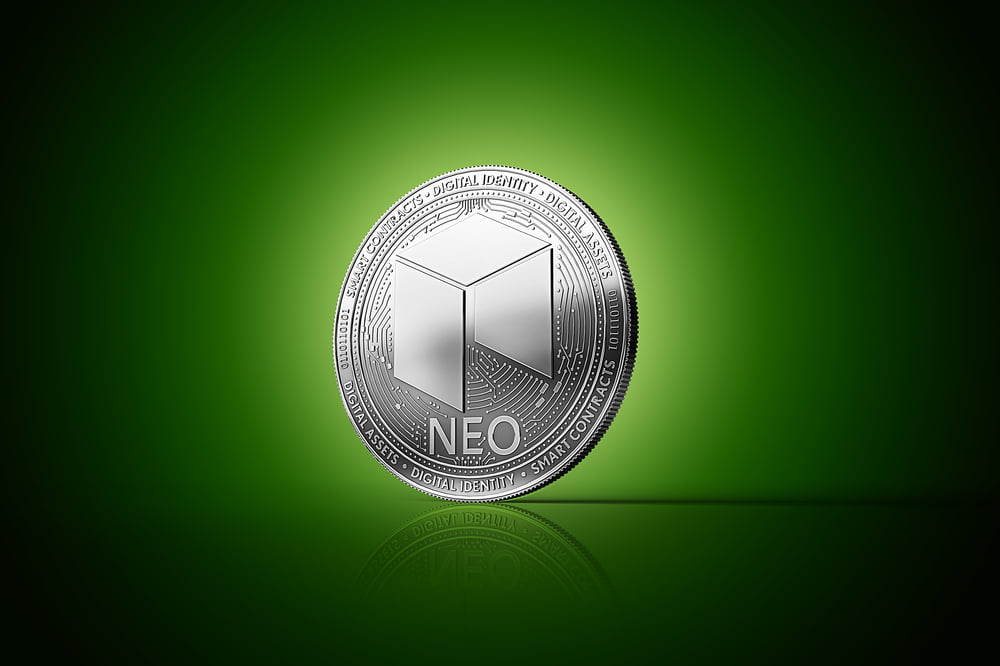Every major cryptocurrency goes through periods during which weak hands sell assets and a lot of misinformation is distributed. We still see it with Bitcoin to this very day, as a lot of people have no idea what this cryptocurrency entails exactly. In the case of NEO, it seems a lot of people have only now figured out that its node system is very centralized and only a dozen or so nodes exist. This has been public knowledge for some time now, though.
Addressing the NEO Node System
Ever since the NEO altcoin has gained some market traction, people have been trying to discredit it whenever possible. That isn’t necessarily surprising in this day and age, but it also shows how some aspects of a currency may need to be explained a lot better moving forward. In the case of NEO, its current node infrastructure has been causing a bit of confusion as of late. Surprisingly, very few people seem to be aware of how things have been operating all this time.
To put this situation into perspective, there are only thirteen NEO nodes on the network right now. This has been the case from day one and is public knowledge, as the developers never tried to hide it by any means. There is no option for community members to introduce more nodes at this point in time, although that will change come 2018. While 13 nodes isn’t many, it doesn’t hinder the NEO ecosystem one bit right now.
As to who controls these nodes at present, the NEO developers and team own all of them. This creates a very centralized infrastructure. In the world of decentralized cryptocurrencies, one would expect every centralized aspect to be removed from the equation, but that is not always a possibility. In the case of NEO, this centralized approach was done deliberately to ensure that a secure and stable network would be created from day one. It certainly has worked quite well so far.
Come 2018, things will get changed quite a bit. More specifically, it will become possible at that time for NEO community members to set up their own nodes. A lot of people have been waiting for that moment in time, and it is expected that the number of network nodes will quickly increase as time progresses. There will also be an option for people to set up masternodes, and they will need to lock up a specific amount of NEO in order to do so. More details regarding NEO masternodes will be unveiled in the coming months, by the looks of things.
Moreover, the NEO team says it hopes to have at least two-thirds of network nodes become decentralized in 2018, though it is unclear whether this refers to two-thirds of the current nodes or of all nodes. If the latter is the case, the ecosystem would need around 26 additional nodes, which isn’t impossible to attain whatsoever. Regardless of which interpretation is correct, there will be some interesting changes as far as NEO is concerned.
The big question is why people only now are realizing this. As is usually the case, there are a lot of new people to cryptocurrency who don’t conduct research on every coin they come across. With the thousands of coins in existence, that is not surprising. This is not necessarily an attack against NEO, but it is sometimes good to restate the obvious and make it clear to the rest of the world. Yes, NEO has a centralized node system, but it will change in a few months from now.

